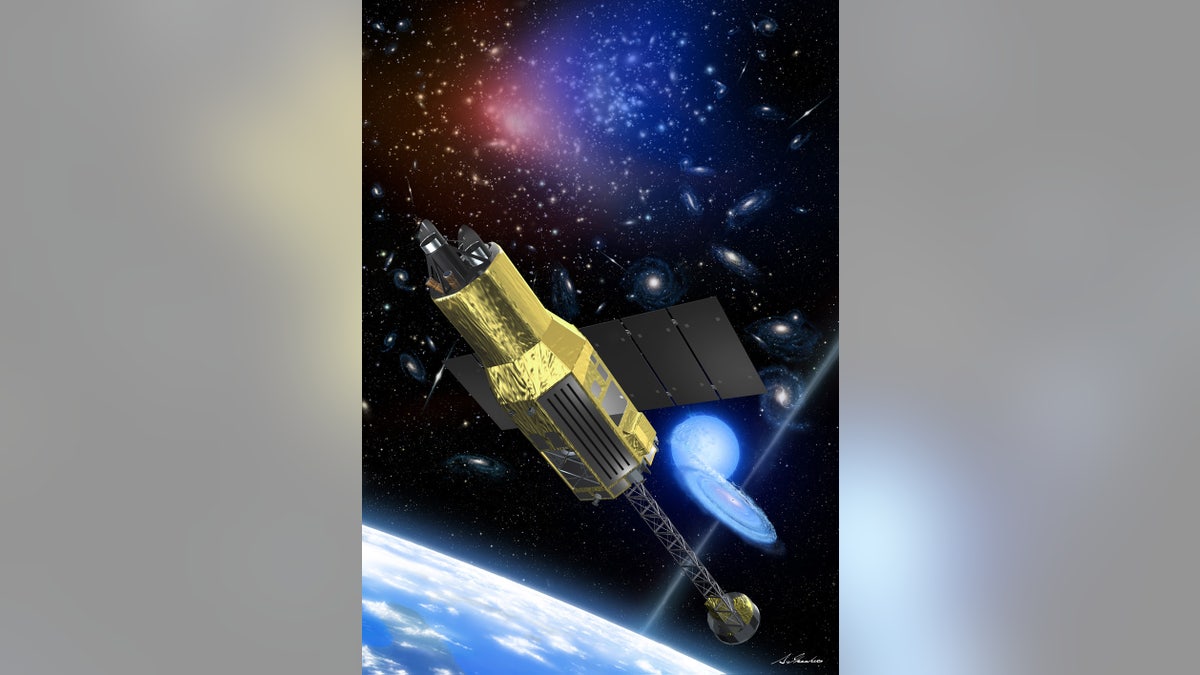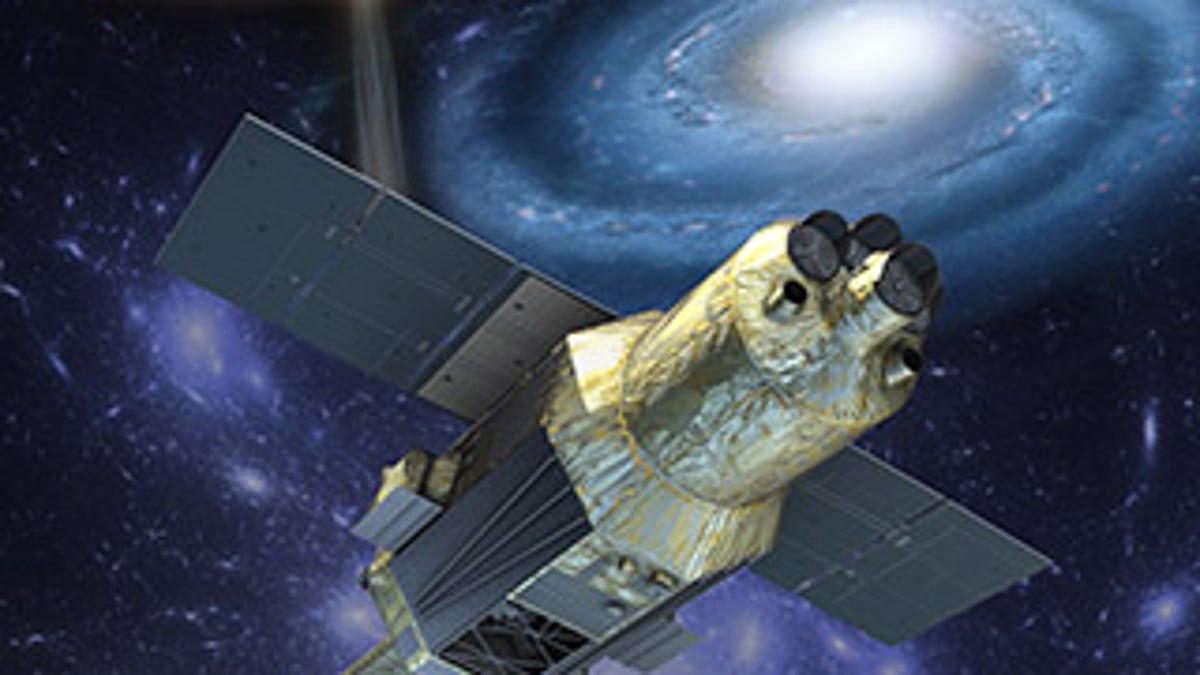
Artist's illustration of ASTRO-H. (JAXA)
A space observatory that allows scientists to peer into monster-sized black holes and the remains of titanic explosions of stars was successfully launched by Japan on Wednesday.
Named ASTRO-H, the observatory includes five specialized X-ray space telescopes and detectors developed by the Japan Aerospace Exploration Agency (JAXA). This allows scientists to examine cosmic sources of X-rays at unpreceded resolutions and explore the most energetic and mysterious phenomena in the Universe, involving particles at energies that can't be readily produced in Earth-based labs.
Related: Atlas V rocket successfully launches with Air Force satellite
In a statement, JAXA said the launch of ASTRO-H on the H-IIA Launch Vehicle No. 30 was successful and that the satellite – which it nicknamed Hitomi – was “currently in good health.” The launch took place at Tahegashima Space Center on the Japanese island of the same name at 5:45 p.m. (3:45 a.m. Eastern Standard Time).
The launch was originally scheduled for Feb. 12 but postponed due to bad weather.
The project, which includes contributions from the United States, Europe and Canada, is nothing short of ambitious. According to JAXA, the goal is to study the structure of the universe and physics in extreme conditions and answer several questions critical to astronomy – how do black holes develop? How are galaxy clusters created? When were heavy elements in the universe created and how much?

ASTRO-H (JAXA)
Related: NASA transports Orion spacecraft by Super Guppy cargo plane
“Dark matter within these (galaxy) clusters traps X-ray emitting hot plasma with gravity, and measurements of the energies from turbulence, collisions, and shock waves of hot plasma will lead to a more complete understanding of galaxy cluster evolution and energy distribution,” JAXA said in a statement ahead of the launch.
